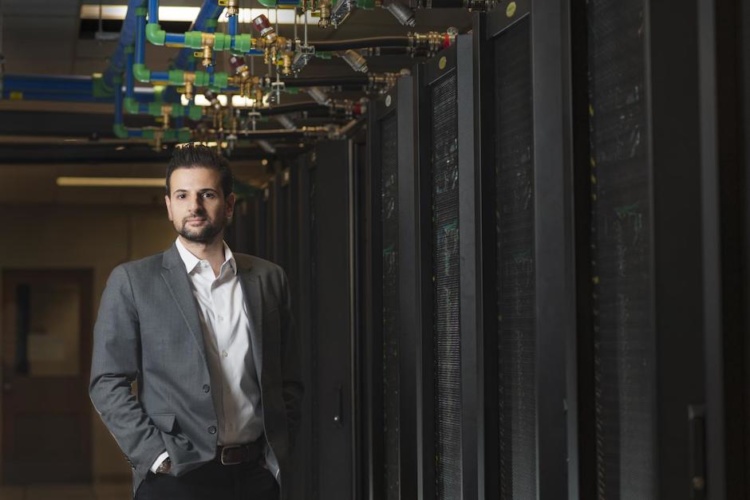
It is hoped that their work could be useful in situations such as an incident in 2018, when passengers onboard a flight to Australia experienced a 10-second nosedive when a vortex trailing their plane crossed into the wake of another flight. The collision of these vortices, the airline suspected, created violent turbulence that led to a free fall.
The team’s approach is said to simulate the entire process of a vortex collision at a reduced computational time, enabling this physics knowledge to be incorporated into engineering design codes so that the aircraft responds appropriately.
Simulations currently used by aircraft designers only capture a portion of vortex collision events and require extensive data processing on a supercomputer. With more realistic and complete simulations, researchers believe engineers could design aircraft such as fighter jets capable of more abrupt manoeuvres or helicopters that can land more safely on aircraft carriers.
“Aircraft in extreme conditions cannot rely on simple modelling,” said Carlo Scalo, a Purdue associate professor of medical engineering with a courtesy appointment in aeronautics and astronautics. “Just to troubleshoot some of these calculations can take running them on a thousand processors for a month. You need faster computation to do aircraft design.”
Owl feather finlets on leading edge of reduced aircraft noise
Engineers would still need a supercomputer to run the model that Scalo’s team developed, but they would be able to simulate a vortex collision in about a tenth to a hundredth of time using far less computational resources than those typically required for large-scale calculations, researchers said.
The team call their model, summarised in a paper published in the Journal of Fluid Mechanics, ‘Coherent-vorticity-Preserving (CvP) Large-Eddy Simulation (LES).’ Former Purdue postdoctoral researcher Jean-Baptiste Chapelier led its two-year building process and Xinran Zhao, another Purdue postdoctoral researcher, conducted complex large-scale computations to prove the models accuracy.
According to the team, Zhao’s computations allowed them to create a more detailed representation of the problem using more than a billion points - for comparison, a 4K ultra high definition TV uses approximately eight million points to display an image.
Building off this groundwork, the team is said to have applied the CvP-LES model to collision events of two vortex tubes called trefoil knotted vortices, known to trail the wings of a plane and ‘dance’ when they reconnect.
“When vortices collide, there’s a clash that creates a lot of turbulence. It’s very hard computationally to simulate because you have an intense localised event that happens between two structures that look pretty innocent and uneventful until they collide,” Scalo explained.
Using the Brown supercomputer at Purdue for mid-size computations and US Department of Defense facilities for large-scale computations, the team said they processed data on the thousands of events that take place when these vortices dance and built that physics knowledge into the model. They then used their turbulence model to simulate the entire collision dance.
Scalo said that engineers could simply run the ready-made model to simulate vortices over any length of time to best resemble what happens around an aircraft, and physicists could also shrink the model down for fluid dynamics experiments.
"The thing that's really clever about Dr Scalo's approach is that it uses information about the flow physics to decide the best tactic for computing the flow physics," said Matthew Munson, program manager for Fluid Dynamics at the Army Research Office, an element of the US Army Combat Capabilities Development Command's Army Research Laboratory.
"It's a smart strategy because it makes the solution method applicable to a wider variety of regimes than many other approaches. There is enormous potential for this to have a real impact on the design of vehicle platforms and weapons systems that will allow our soldiers to successfully accomplish their missions.”
Scalo’s team will use Purdue’s newest community supercomputer, Bell, to continue its investigation of complex vortex flows, and is now working with the US Department of Defense to apply the model to large-scale test cases pertaining to rotorcraft.




Poll: Should the UK’s railways be renationalised?
I think that a network inclusive of the vehicles on it would make sense. However it remains to be seen if there is any plan for it to be for the...